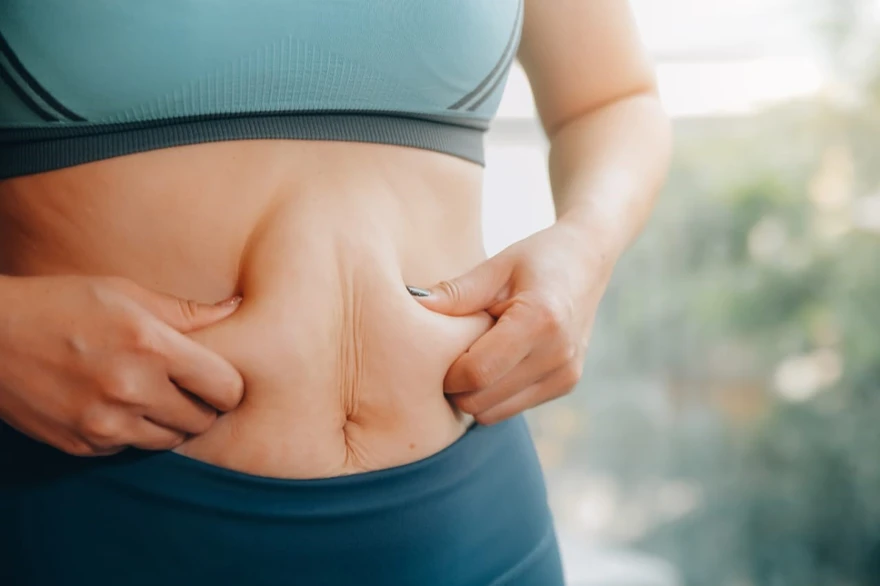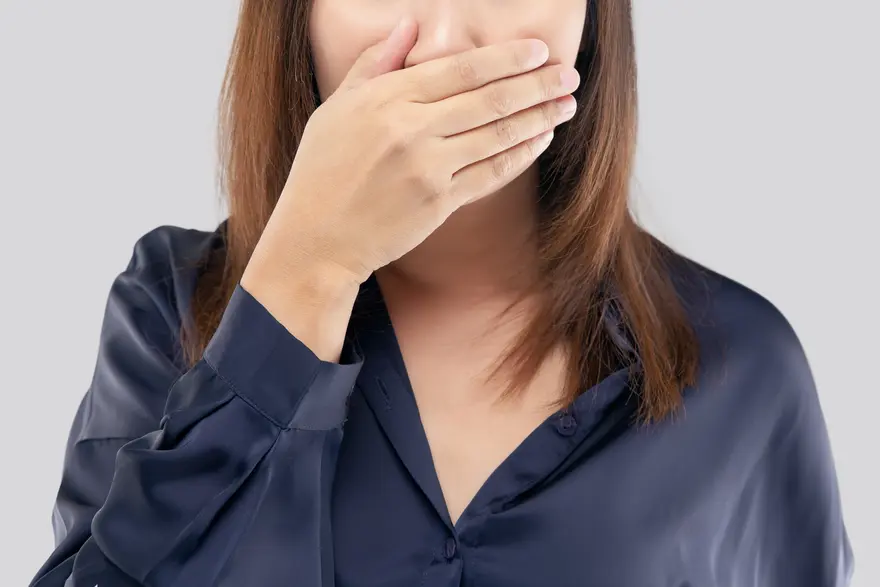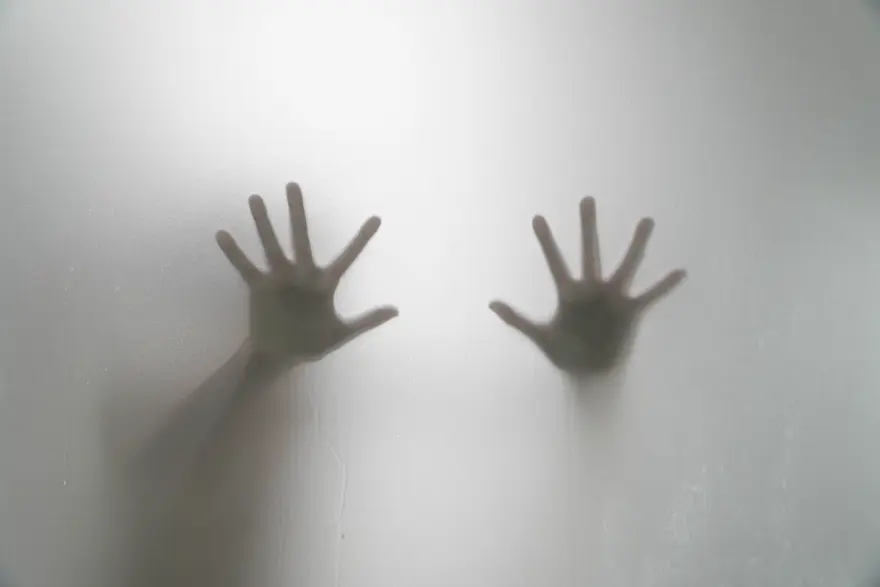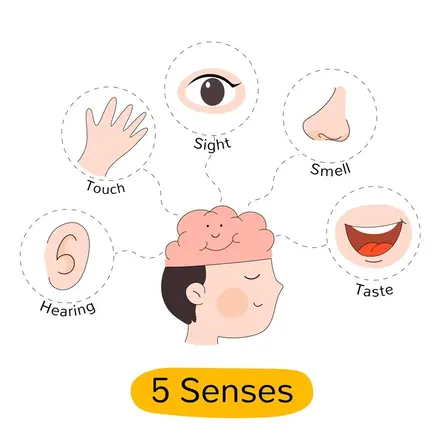Preventive Healthcare
Addressing Cellulite: Causes, Treatment, and Lifestyle Changes
1401 Views
0

What is Cellulite?
Cellulite refers to the dimpled or puckered appearance of the skin when fat deposits push through the connective tissue beneath the surface. It typically appears on thighs, stomach and buttocks but can occur anywhere on the body. It's important to note that cellulite is not harmful or indicative of any underlying health problems, although some may find it aesthetically undesirable.
What is the difference between Cellulite and Lipedema?
Cellulite and lipedema are two distinct conditions. Cellulite symptoms include dimpled, lumpy skin, often on the thighs and buttocks, caused by fat pushing against connective tissue. Cellulite treatment focuses on improving skin texture through creams, massage, or laser therapy. Cellulite causes are typically linked to genetics, hormones, and lifestyle factors.
Lipedema, on the other hand, is a chronic disorder which is characterised by the abnormal accumulation of fat, primarily in the legs and arms, leading to swelling and pain. Unlike cellulite, this medical condition requires specialized treatment, like compression therapy, manual lymphatic drainage, and in severe cases, liposuction.
How common is Cellulite?
Cellulite strikes without discrimination, affecting both men and women alike. However, it is observed more frequently in women. Studies suggests that 80% to 90% of women experience cellulite symptoms post-puberty, as compared to less than 10% of men. Although it's commonly associated with weight gain, even lean individuals can develop cellulite.
How does Cellulite affect my body?
Although cellulite does not affect your physical health, it does affect body image and self-esteem, which can be important to some people. If you have signs of cellulite, it's natural to be concerned about the appearance of your skin.
What are the symptoms of Cellulite?
Cellulite symptoms are primarily visual, with the skin displaying a dimpled or lumpy appearance often likened to the texture of an orange peel or cottage cheese.
These symptoms may vary in severity, with medical experts classifying cellulite into four grades based on its visual characteristics:
- Grade 0: No visible cellulite
- Grade 1: Skin appears smooth when standing but shows mild dimpling when sitting
- Grade 2: Moderate dimpling visible both when standing and sitting
- Grade 3: A severe dimpling observed in both positions along with deep peaks and valleys on the skin surface
What are the causes of Cellulite?
Understanding the cellulite causes can be a bit complicated. The irregular appearance of cellulite is caused by the tightening of the fibrous bands that connect the skin to the underlying muscles, while the fat pushes up against the skin. However, the exact reasons for these changes are still not fully understood.
Current theories about cellulite causes suggest that genetic factors, hormonal changes (particularly increased estrogen levels), and differences in skin and muscle structure may play a role. Contrary to a popular belief, cellulite is not contagious and cannot be spread through physical contact.
How is Cellulite diagnosed?
Diagnosis of cellulite is usually simple and based primarily on a physical examination of the affected skin and a discussion of your medical history. Doctors can usually confirm this with just a visual inspection without any specific test.
Is it possible to get rid of Cellulite?
Despite the numerous cellulite treatments available in the market, completely getting rid of cellulite remains a challenge. It is very important to set realistic expectations and focus on managing and reducing cellulite rather than eliminating it completely.
What gets rid of Cellulite?
Your approach to cellulite treatment will depend upon numerous factors, including the severity of your symptoms and personal goals.
Here are some potential options:
- Topical Creams: These often contain ingredients like caffeine that may help tighten your skin temporarily.
- Cellulaze or Cellfina: Both FDA-approved procedures are designed to treat the problems associated with the underlying structures that cause cellulite.
- Laser or Radiofrequency Treatments: These heat treatments stimulates collagen production and thus improve skin structure.
- Massage or Suction Treatments: Techniques such as Lipomassage aim to alter the fat distribution under your skin.
While these treatments may reduce the appearance of cellulite temporarily, they don't eliminate it entirely. For more lasting results, lifestyle changes are often recommended alongside these cellulite treatments.
Can exercise get rid of Cellulite?
While exercises cannot "get rid" of cellulite, it can definitely help to reduce its visual impact by strengthening and toning the muscles present under cellulite-prone areas. Cardiovascular exercises combined with strength training can be particularly useful in cellulite management.
What can’t I eat if I have Cellulite?
Having a balanced diet plays a pivotal role in managing cellulite. Remember that foods high in fat, salt, and sugar may contribute to the development of cellulite by causing weight gain and fluid retention.
Here are examples of foods that you might want to limit or avoid:
- Processed Foods: High in sodium and unhealthy fats, these can lead to weight gain
- Sugary Snacks and Drinks: These can cause blood sugar spikes leading to fat accumulation.
- Refined Carbohydrates: White bread and pastries can rapidly convert into glucose in your body, promoting fat storage.
Combining a balanced diet with regular exercise can help control weight and possibly improve the cellulite symptoms.
What are the treatment and removal options for Cellulite?
While there is no definitive cure for cellulite, numerous cellulite treatments show promise in reducing its appearance.
Here are some potential treatments:
- Topical Treatments: Creams containing ingredients like retinol or caffeine may temporarily tighten the skin, making cellulite less noticeable.
- Massage: Regularly massaging the areas prone to cellulite can improve lymphatic drainage, potentially reducing the appearance of cellulite.
- Laser Treatment: Some therapies use radiofrequency, laser therapy, or ultrasound to break down fat and stimulate collagen production.
- Cellfina: This is a minimally invasive procedure which targets the connective bands causing cellulite, offering promising results that can last up to two years.
- Weight Loss: For overweight people, losing weight might help in reducing the appearance of cellulite.
Remember that effectiveness varies between individuals and treatments. It's crucial to consult with a healthcare professional before starting any cellulite treatment.
How soon after treatment will I start to see results?
The timeline for seeing results from cellulite treatment varies depending on the type of treatment and individual factors. For instance, while topical creams might show temporary effects within a few weeks of regular use, procedures like laser treatments could require multiple sessions over several months for visible results. It's essential to have realistic expectations and understand that most treatments offer temporary improvement rather than a permanent solution for cellulite.
How can I reduce my risk?
Although it is not possible to completely prevent cellulite, certain lifestyle changes can help minimize its appearance:
- Maintain a healthy weight through balanced nutrition and regular physical activity.
- Stay hydrated to keep your connective tissues strong and elastic.
- Limit intake of processed foods, salt, sugar and fat.
What can I expect if I have Cellulite?
Having cellulite is more normal than you think! Most women experience it post-puberty due to hormonal changes and the way female bodies store fat. While it might make you self-conscious about your appearance, remember that it does not pose any health risks.
When to see a doctor?
While cellulite itself is harmless, if you're unhappy with its appearance or if it affects your self-esteem, you should consult a healthcare professional to discuss potential treatment options.
Conclusion
While cellulite might be a common concern for many, it's reassuring to know that there are several ways to manage its appearance and potentially improve the skin texture. At Metropolis Healthcare, we believe in empowering you with knowledge and solutions for better health outcomes. Our comprehensive health check-ups and reliable diagnostic services aim to provide personalised care right at your doorstep. Remember, taking charge of your health is always within reach with the right care and knowledge!























 WhatsApp
WhatsApp